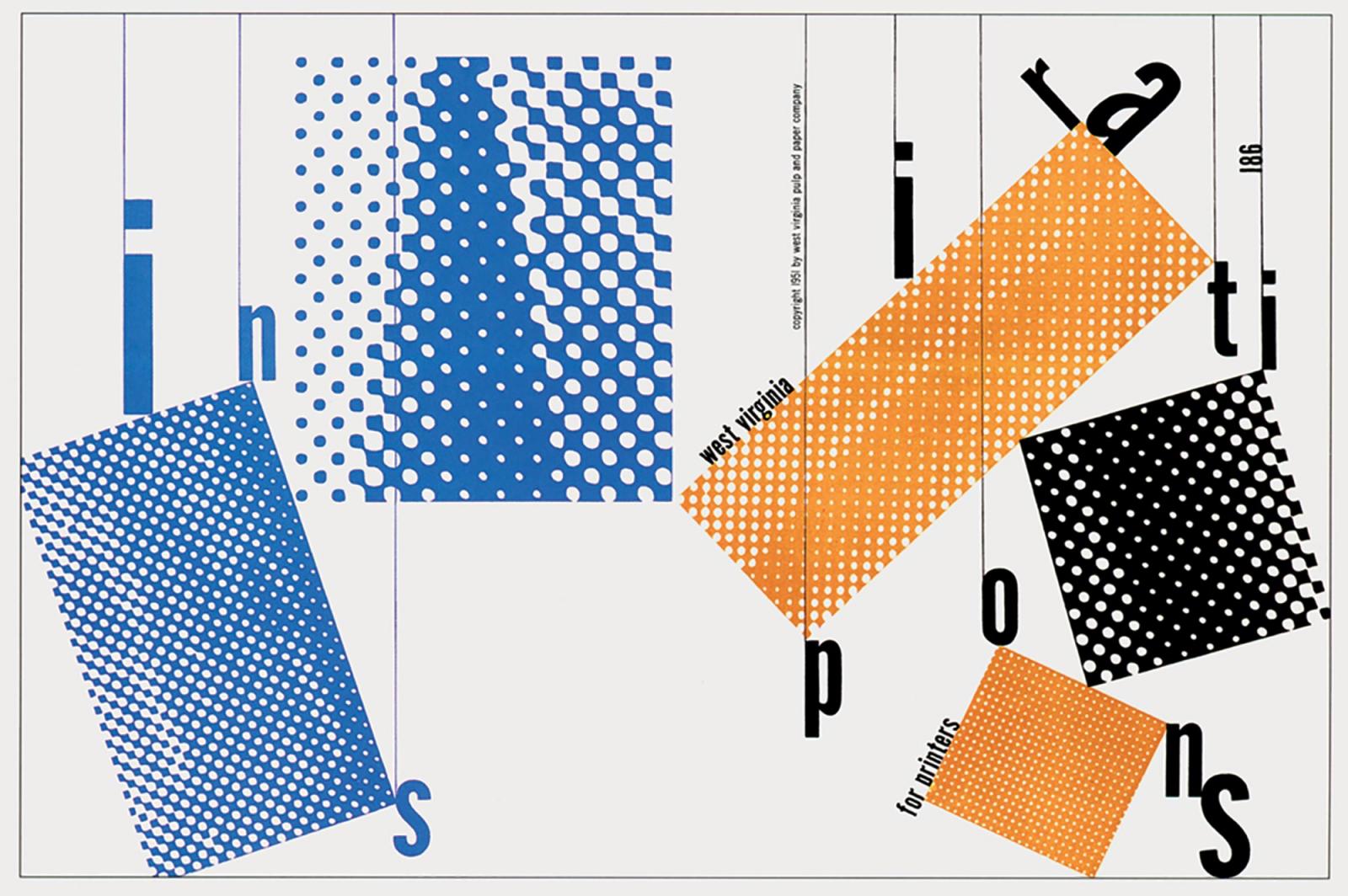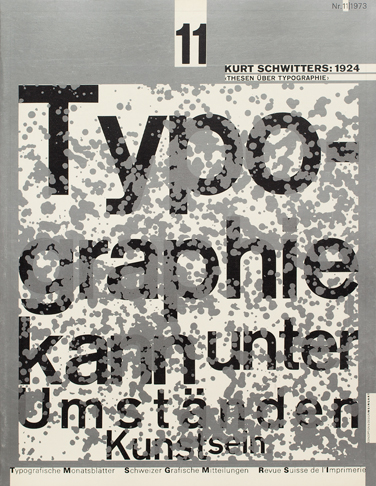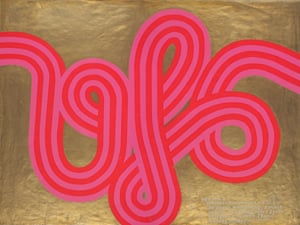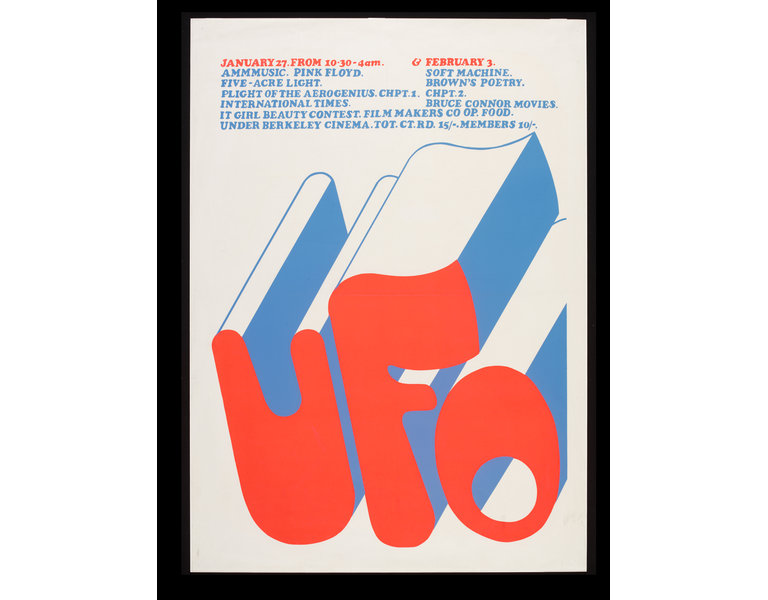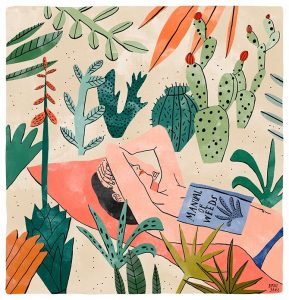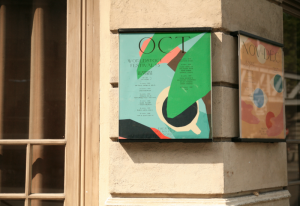During this semester the research and communication skills course has educated me on how art and design has changed and progressed through time as a result of various artistic movements. Lectures by Steve Sanderson have informed me of how culture and society affect the style and approach of artists and designers from different artistic periods, from Avant Garde to Post-modernism and contemporary practices. This has helped me to think about what impacts contemporary culture and society can have on current designers as well as my own work.
I found the lectures on modernism and postmodernism particularly interesting, seeing how design and type has changed between the two art periods is fascinating. I enjoyed learning and seeing how typography changed from the clean, ordered and Swiss style to a more complex and deconstructed style. The task I found most interesting was the most recent task about published images because I got to look at and explore the works of artists I hadn’t come across before. I love discovering new artists and designers whose work inspires me with my own practice and through last weeks task I was able to find three designers Cécile + Roger, Bradbury Thompson and Barbara Dziadosz whose works are I think are visually aesthetic and beautiful graphic designs.
A designer from the post modern period, Rosmarie Tissi, who I came across when completing the week 6 task, has been an influential reference for me. Her playful use of letterforms is what I like most about her work and is what has inspired me to try and be more playful and creative with the way I use type and letterforms. Composition plays a key role in her work and is an element of my work that is also greatly significant. The works of designers like Rosmarie Tissi help me inform me of what is important in design and it also helps me to determine what is significant in my own work. It allows me to think carefully about what I am trying to convey and what the most successful way of conveying that might be.
The weekly tasks have also helped me establish and confirm the pathway I want to study which is Graphic Design. I have found particularly during the more recent tasks I am drawn to images with a strong typographic influence like posters, confirming my interest to pursue Graphic Design as a specialist pathway in my degree and also a further career. Through these tasks I have also learnt that all elements of graphic arts are involved no matter what pathway you choose to take. Many of the practitioners I chose to look at combined multiple elements of graphic arts in their work, for example Bradbury Thompson combined photography with graphic design in many of his works, and I aim to also use elements from other areas of graphic arts in the work I do on the graphic design pathway and also in the work I will do as a graphic designer.


